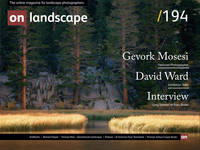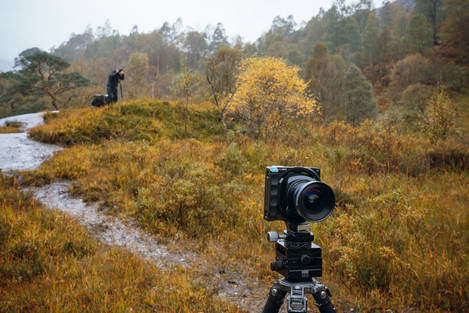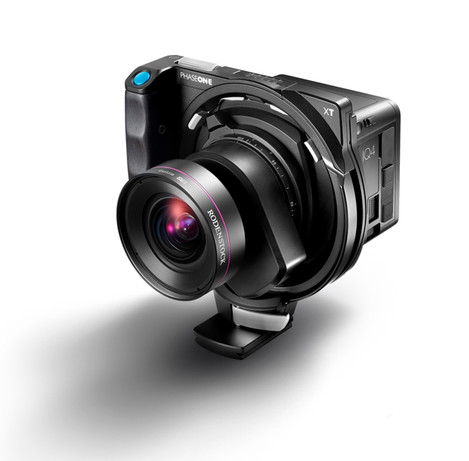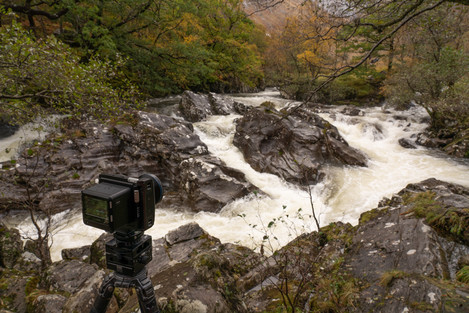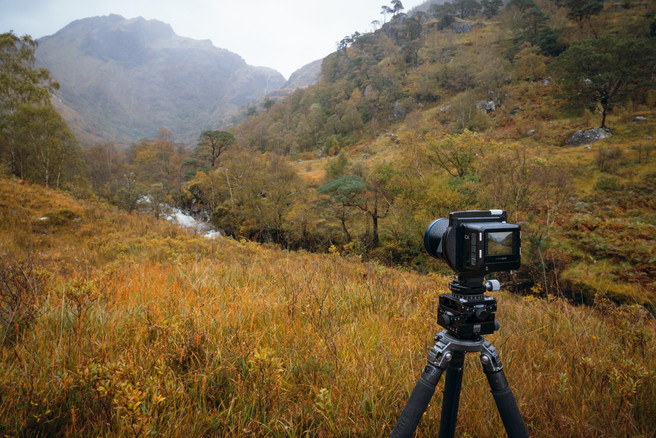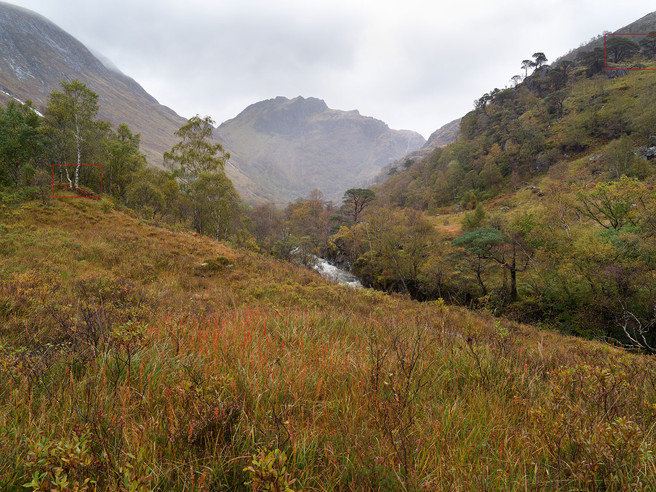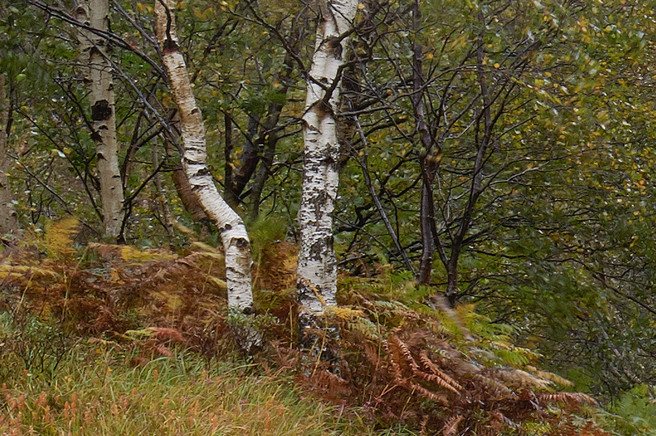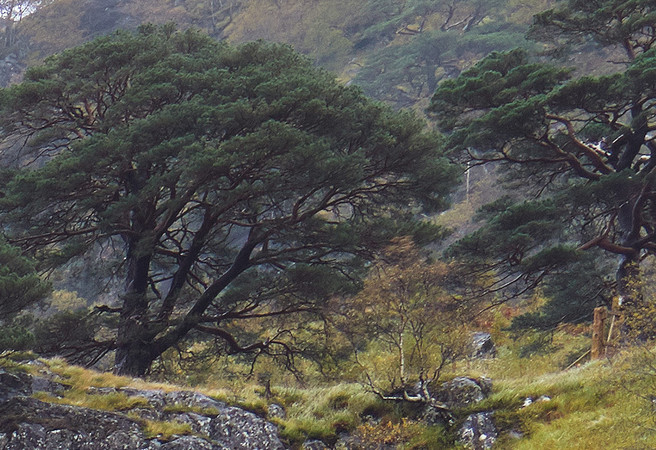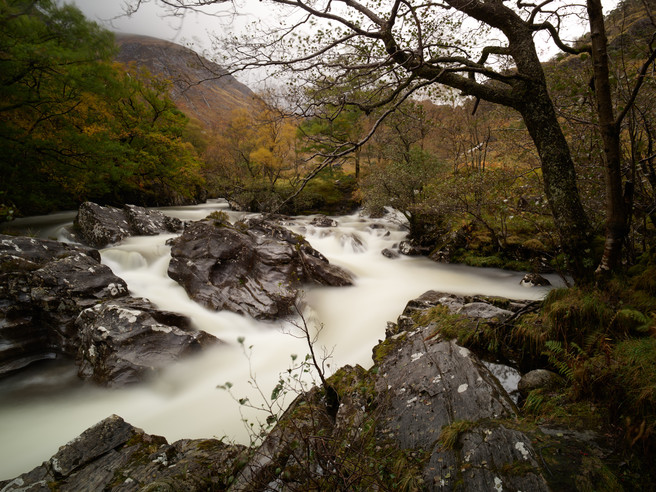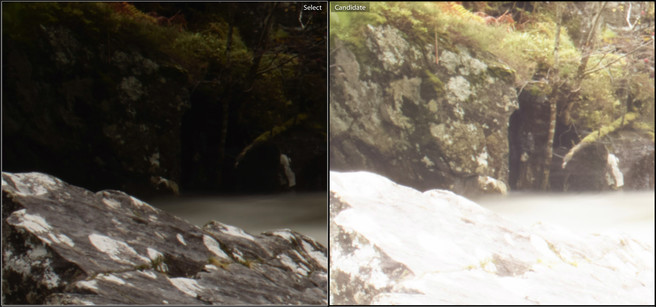A Conversation about the new Phase One XT Camera System and IQ4 150mp Digital Back

Tim Parkin
Tim Parkin is a British landscape photographer, writer, and editor best known as the co-founder of On Landscape magazine, where he explores the art and practice of photographing the natural world. His work is thoughtful and carefully crafted, often focusing on subtle details and quiet moments in the landscape rather than dramatic vistas. Alongside his photography and writing, he co-founded the Natural Landscape Photography Awards, serves as a judge for other international competitions. Through all these projects, Parkin has become a respected and influential voice in contemporary landscape photography.

Al Simmons
Al Simmons is originally from North Yorkshire, now based in London working for Teamwork Digital. Outside of full-time sales, support and education of Phase One camera systems and Capture One software across the UK, Al can usually be found behind a tripod somewhere with a technical camera and a digital back shooting personal work.
A couple of weeks ago, Al Simmons from Teamwork came to visit to demonstrate the latest camera system from Phase One, the Phase IQ4 150 and also the new technical camera solution, the Phase XT and its range of 23mm, 32mm and 70mm electronic-shuttered Rodenstock lenses.
We went out to Glen Nevis to take a few photographs, test out a few features and, after coming back, recorded a chat about what the new system does and what it means for photographers who may use it.
Below the podcast, I've included a few photographs with samples of zoomed sections. You can also find out a lot more about the Phase IQ4 and XT Camera System on Teamwork's website (links on the home page to both). Al Simmons has just come back to spend a day with us where we tested the camera more extensively and we'll be featuring an article about this in a future issue.
You can listen on your favourite podcast platform.
Here's a photo down the length of Glen Nevis taken with the Rodenstock HR Digaron 32mm with a couple of 100% crops. You can see a fullsize jpg of this image by clicking here.
We also tried out the frame averaging on some rapidly flowing water to check out how it work (seamlessly) and also how much dynamic range we could expect. The following shows the full image and then +/- 5 stops of exposure adjustment and finally a crop of a dark area before and after +5 exposure applied.

